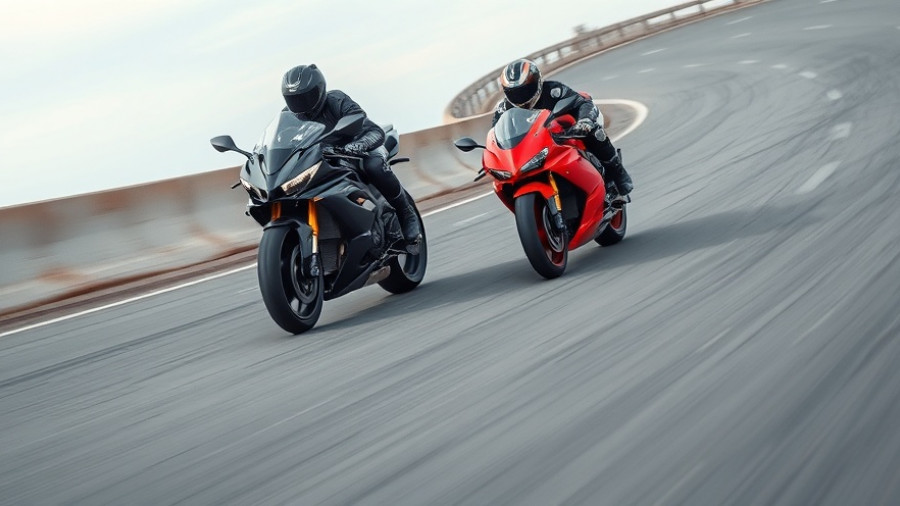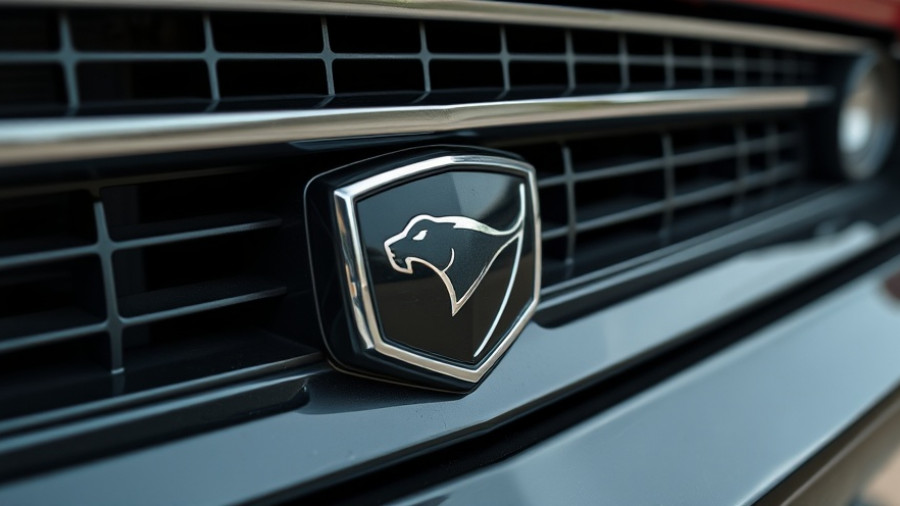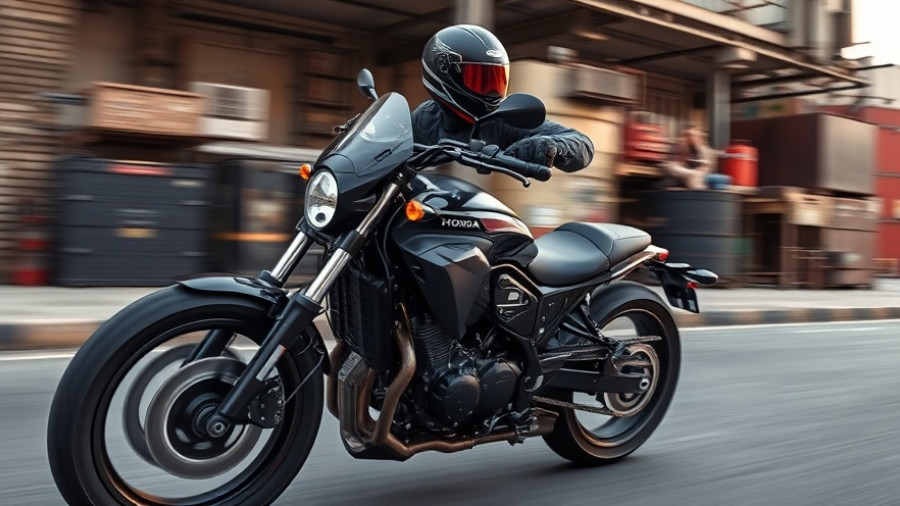
Rising Competition in the Retro Bike Market
The introduction of the 2026 Triumph Trident 800 marks a significant shift in the neo-retro bike landscape, challenging Yamaha's revered XSR900. With capable mid-range motorcycles becoming increasingly popular, this new model promises to add competitive fire to an already thriving segment. Triumph's aim to tap into the desires of riders seeking a blend of power, technology, and character captures the essence of today’s motorcycle market.
What Makes the Triumph Trident 800 Stand Out?
The Trident 800 boasts a beefy 798cc triple-cylinder engine that delivers 113 horsepower at 10,750 RPM. This, coupled with a low-end torque of 70 lb-ft, invites riders to enjoy its responsive performance. The focus on usability in lower RPMs makes it especially appealing for urban riders who crave quick acceleration in city traffic. Additionally, Triumph's commitment to lightweight design ensures that the bike feels agile—a welcome aspect for both novice and experienced riders.
Examining Yamaha's XSR900: Strengths and Weaknesses
The XSR900 stands as a benchmark in the neo-retro realm, marrying classic aesthetics with contemporary performance. Powered by a 889cc inline-three engine that generates upwards of 119 horsepower, it outshines the Trident in sheer output. However, it's the nuanced ride quality and modern electronics that truly set the XSR900 apart. Advanced features like traction control and cornering ABS contribute to its impressive stability and safety. Yet, some riders complain about its stiffer setup affecting comfort on longer journeys. As Triumph enters the fray, Yamaha may need to revisit these elements to maintain its dominance.
Feature Comparison: Technology and Performance
When evaluating the technological points of interest, both models impress with their feature sets. The Trident 800 offers three ride modes, including rain and sport settings, along with advanced rider aids like lean-sensitive ABS and traction control. Notably, Yamaha equips the XSR900 with a quickshifter as standard, enhancing the riding experience, particularly along twisty roads where seamless gear changes can make a significant difference.
Performance wise, while the Trident focuses on road usability, the XSR900 leans towards a sportier approach, with a more aggressive riding posture and a firmer suspension setup. This divergence points towards two distinct philosophies: where the Trident seeks to please a wide audience, Yamaha’s offering caters to riders looking for a thrill on the road.
Specifications That Matter: Weight and Handling
Weight plays a crucial role in handling and overall riding experience. The Trident 800, weighing 436 pounds, stands slightly heavier compared to XSR900's 426 pounds but comes with a more centered weight distribution. This difference affects maneuverability, especially in tight corners. For many riders, a lighter bike may feel more responsive and easier to handle, solidifying Yamaha’s edge in that department, at least mathematically.
The Broader Context: Neo-Retro Bikes in 2024
The neo-retro segment is growing rapidly, with several manufacturers vying for market attention.Sales trends indicate a strong consumer interest in bikes that offer classic looks but modern performance. As electric vehicle technology evolves, it’s also worth noting how electrification may shape this category in the coming years. Companies that successfully integrate electric drivetrains into retro designs could present significant challenges to traditional models like those from Yamaha and Triumph.
Looking Ahead: The Future of the Retro Bike Segment
As we inch closer to 2026, motorcycle enthusiasts will closely watch how Yamaha and Triumph adjust to this new competitive landscape. With the Trident 800 bringing fresh innovation and Yamaha’s XSR900 already established as a fan favorite, the bike world is in for an exciting few years. Brands may also need to innovate not just in performance but in connectivity features and environmental sustainability aspects.
Conclusion: A New Era for Retro Bikes?
The launch of the Triumph Trident 800 signifies a critical moment in the motorcycle industry as it challenges the Yamaha XSR900. With the innovative features and performance metrics of the Trident 800 paving the way for future advancements, both brands will need to adapt quickly to maintain their status in the competitive market. As riders begin to embrace the changes, the race to define the quintessential neo-retro motorcycle has just become far more intriguing.
 Add Row
Add Row  Add
Add 




Write A Comment